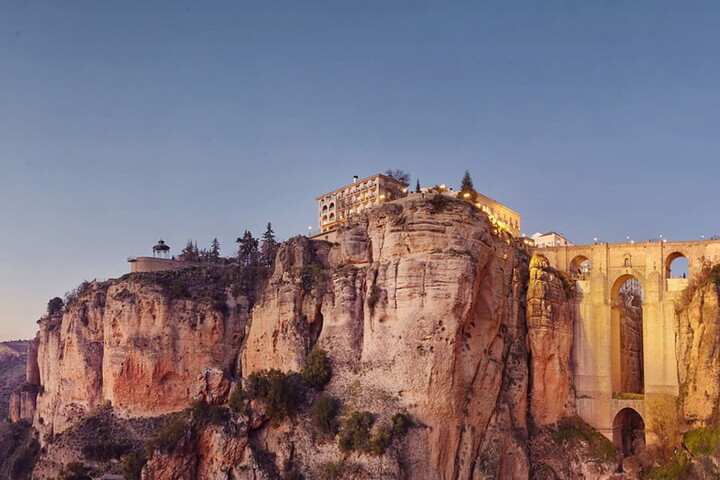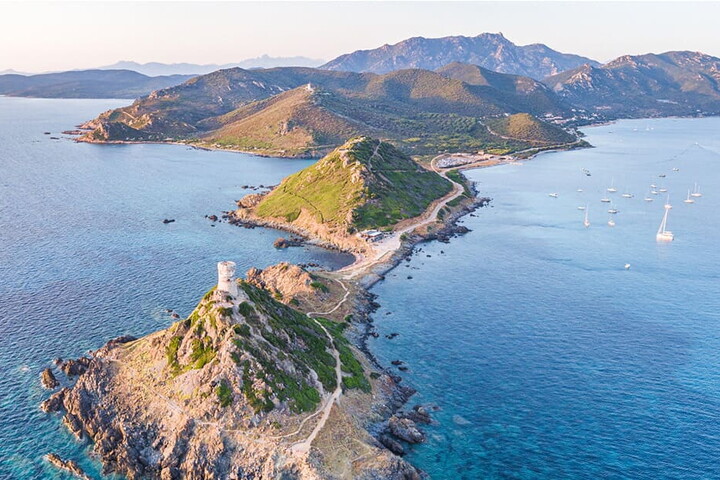The Alps chasing you along the way. Marmots, ibexes, and chamois that might capture your gaze. Crystal-clear lakes that will convince you to stop. These are just some of the attractions you can find along the Grossglockner High Alpine Road in Austria. Although calling it just a road might be an understatement: it's a 48-kilometre journey – between Heiligenblut in Carinthia and Fusch an der Glocknerstrasse in Salzburg – that winds along 36 hairpin bends, reaching altitudes of over 2,000 metres. A true paradise for drivers who, beyond enjoying the breathtaking panoramas of the Hohe Tauern National Park (the area where the road is located), can travel one of the best roads (it's a national monument for a reason) that any driver could dream of.

Get in your car any-time between May and November (during the other months the road is closed due to potentially adverse weather conditions), but only after a complete check-up of your vehicle, focusing especially on the braking system and the cooling system. In fact, the hairpin bends that make this route unique, with its continuous ups and downs, could severely test your brakes and overheat your car, given the lower oxygen levels at high altitudes or the high temperatures that might occur during the summer months. Another precaution to keep in mind, especially if you choose the autumn months, is to equip yourself with snow chains: the road is continuously monitored, and snowploughs work quickly to keep the entire stretch passable, but it's always better to be prepared should a snowfall surprise you during your excursion. With these few simple precautions taken before you set off, you'll be ready to enjoy this spectacular road without any worries, even if your car is electric. In fact, the central section of the Grossglockner is part of the Glockner E-Genuss Tour, a roughly 230-kilometre route that crosses Austria and has been designed to support electric mobility and encourage green transportation. Therefore, you'll easily find several charging stations.
The best way to savour the natural beauty that this route has to offer is to take your time and stop at the various stations that dot the Grossglockner. Some are designed as simple information points about the fauna and flora you might encounter in that section, while others are actual museums or exhibition spaces where exhibitions and interactive experiences have been set up.

At 2260 metres, you'll find Haus Alpine, the natural history museum dedicated to high mountain ecology, where you can also follow educational trails, such as the one focused on the world of lichens, or set off on a hike. At 2571 metres, however, after a short walk, you can reach a panoramic terrace offering views of over 30 mountains with peaks exceeding 3,000 metres. Furthermore, at this altitude, you can also embark on guided tours led by rangers and expert guides who will take you to discover all the unique features this area has to offer, such as the famous Big Five of the Alps – five species among the over 10,000 that inhabit the entire area and can be admired along the various trails: the ibex, the golden eagle, the marmot, the Apollo butterfly, and the alpine bumblebee. Continuing on, at 2504 metres, lies the Hochtor Pass Sanctuary, where you can see the famous bronze statue of Hercules and set off on one of the ancient paths dating back to Roman times. But the unmissable stop is at 2369 metres at the Kaiser-Franz-Josefs-Höhe visitor centre, named after the famous Emperor Franz Joseph who, together with his consort Elisabeth of Bavaria, visited the area in 1856. Here, you can explore various exhibitions: from a unique car exhibition, the only one set up at this altitude in all of Austria, to one that celebrates all the female mountaineers who, over the centuries, have made a significant contribution to the discipline and the discovery of these places. Alternatively, for those more interested in environmental issues, the exhibition adjacent to the Pasterze Glacier helps to understand the fragility and importance of safeguarding such a delicate ecosystem. Also in this location, you can enjoy a breathtaking panorama at the Wilhelm Swarovski Observatory, situated in the immediate vicinity of an ibex colony, where, thanks to the best optical equipment, you can observe the surrounding landscape with the tools of an expert.
The Grossglockner High Alpine Road can be experienced in a day for €45 (€38 for electric vehicles) or over several days, taking advantage of various discounted rates, such as a three-day pass for €90 or a season pass for €126.50. These latter options might be the best choice because, in addition to the numerous opportunities for excursions, exhibitions, trails, and panoramic viewpoints, there are many charming mountain huts along the road where a stop can be combined with a relaxing stay to discover the typical flavours of this Austrian region. Places like the Haus Alpine Naturschau or the Mountain Inn Schoeneck – besides offering numerous activities for their guests, local cuisine, and terraces with views of the surrounding Alpine landscape – also have charging stations for electric cars and, moreover, are organised with a strong focus on sustainability, respecting the surrounding environment, natural cycles, and minimising the potential for pollution. At this point, all that's left for you to do is prepare your car, pack a spacious backpack, and set off.




